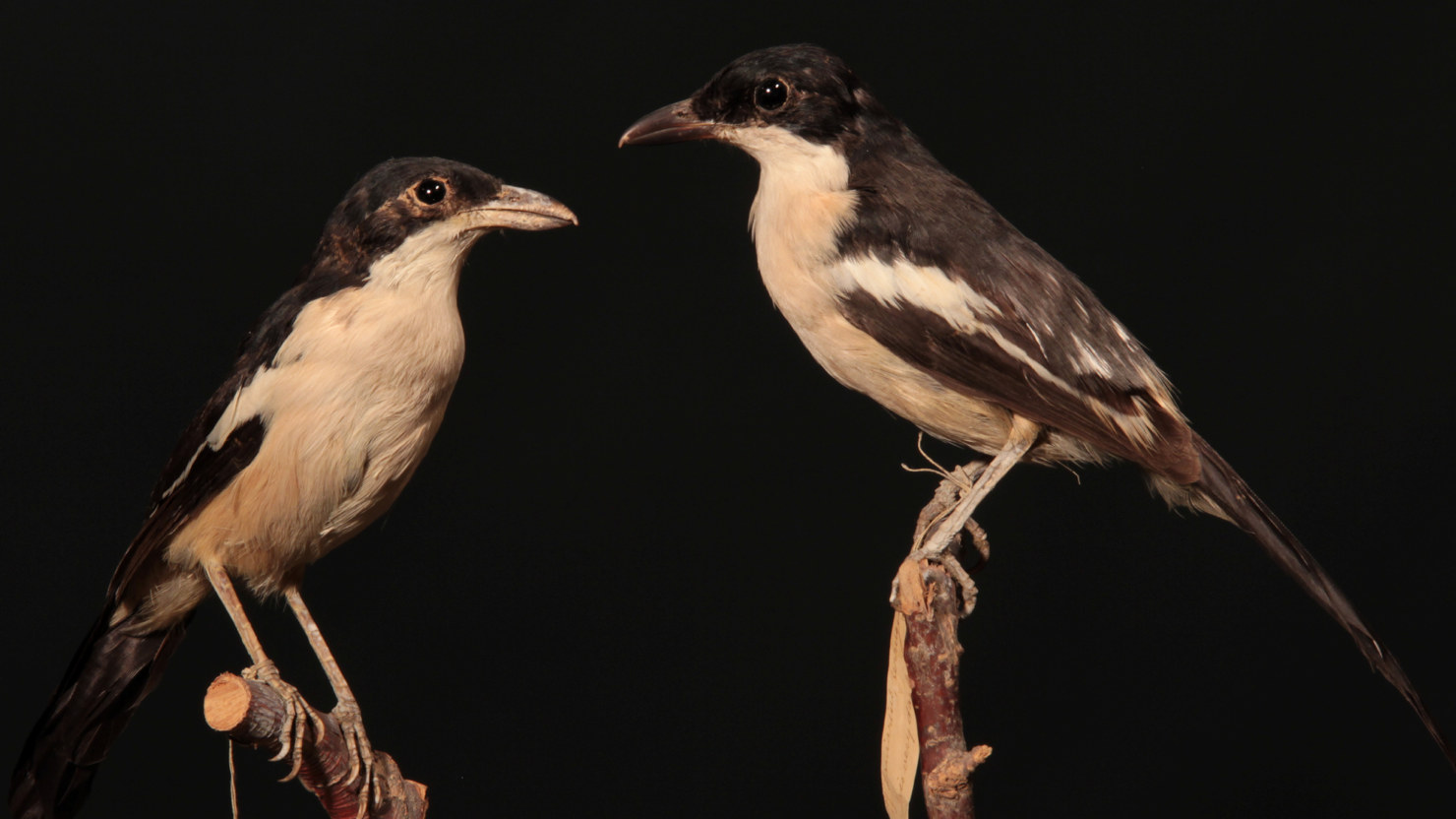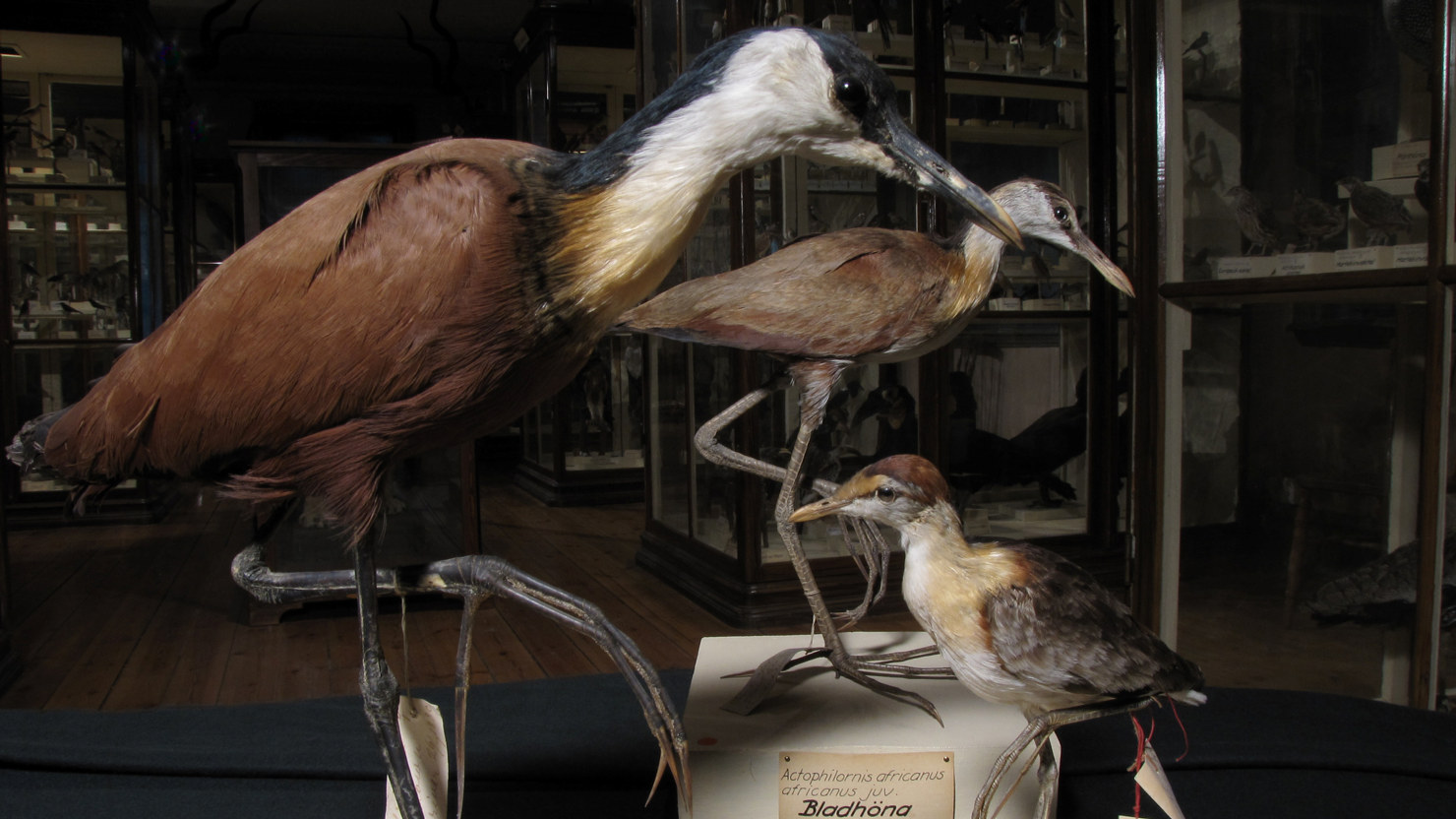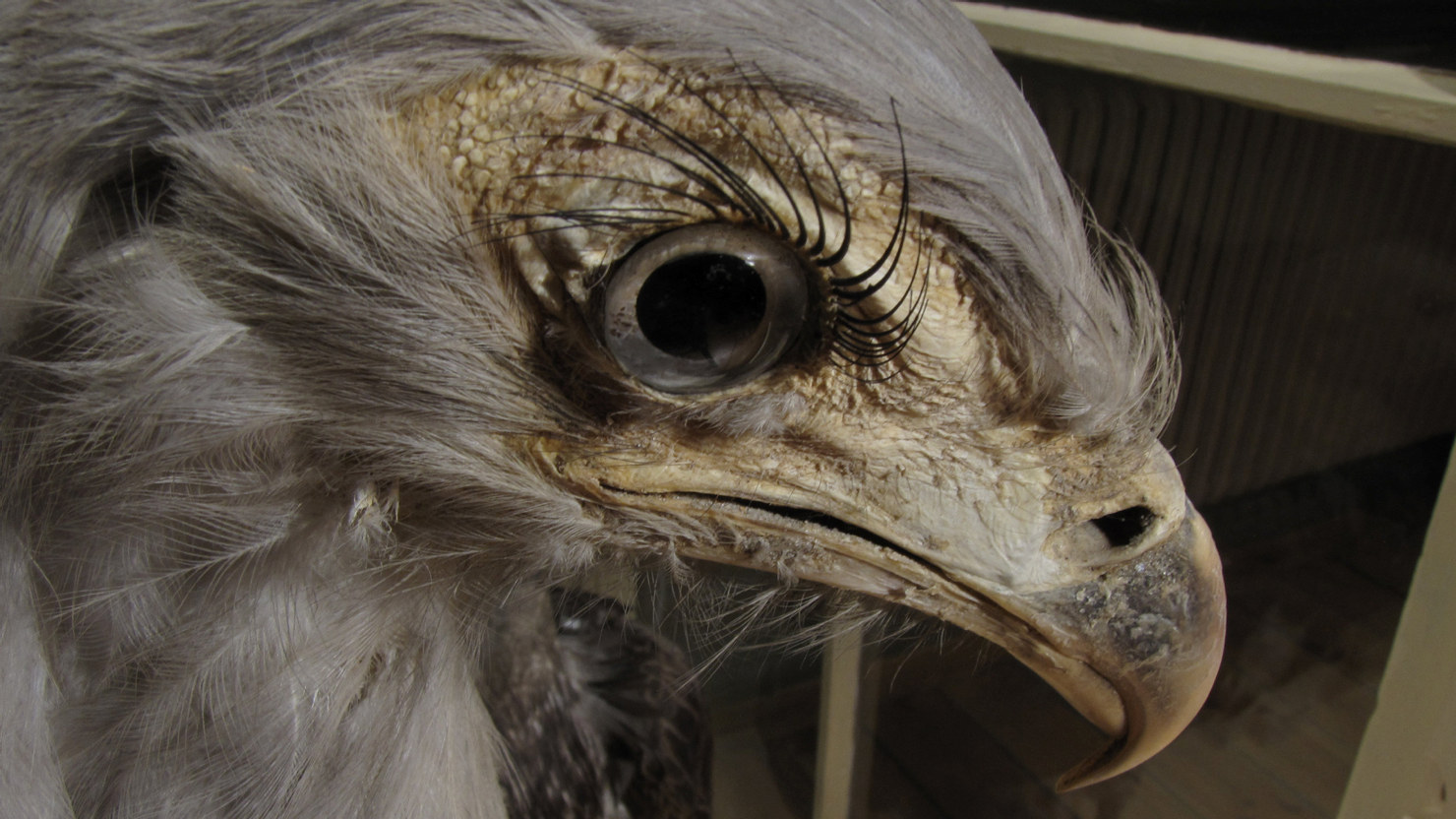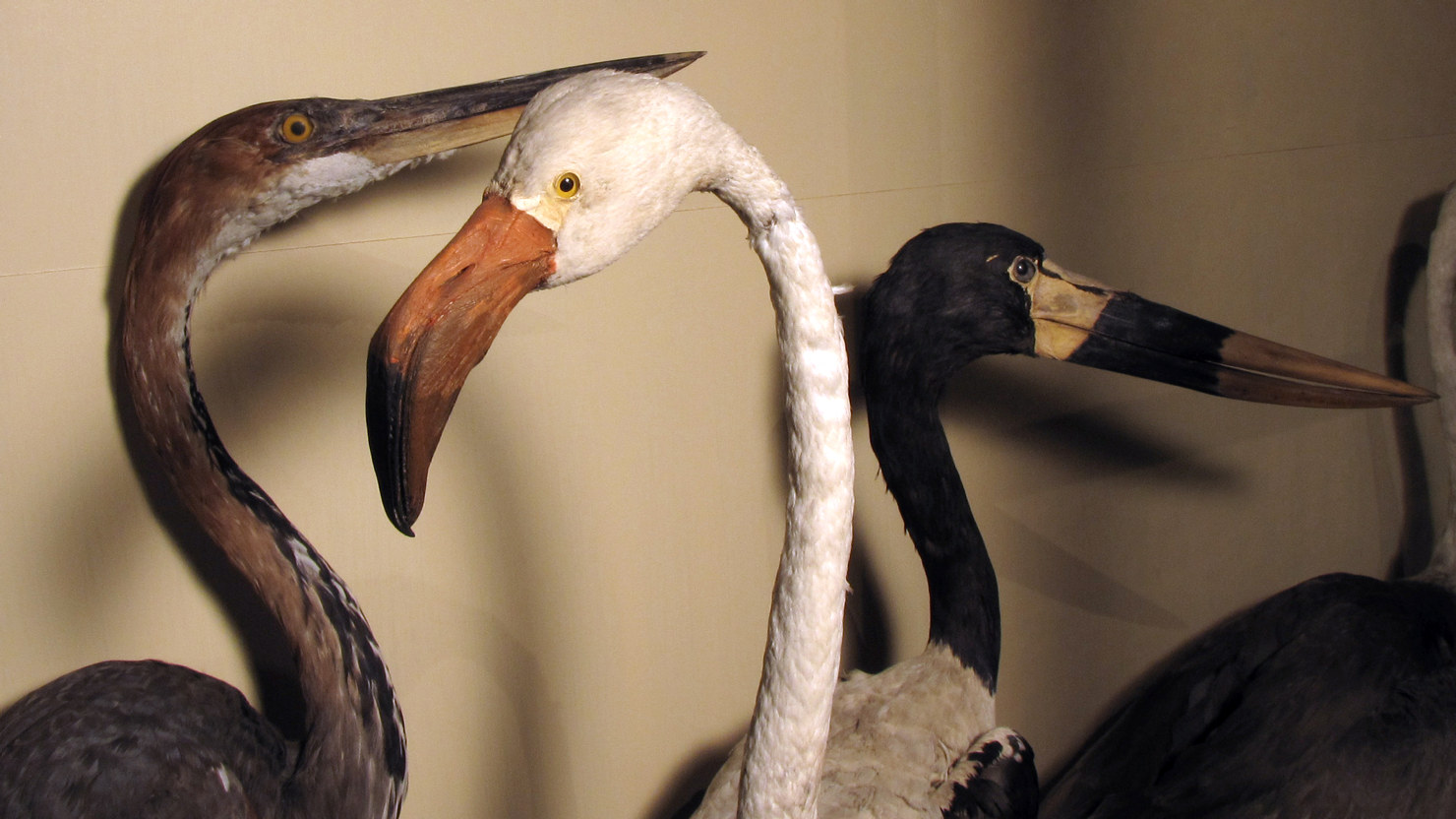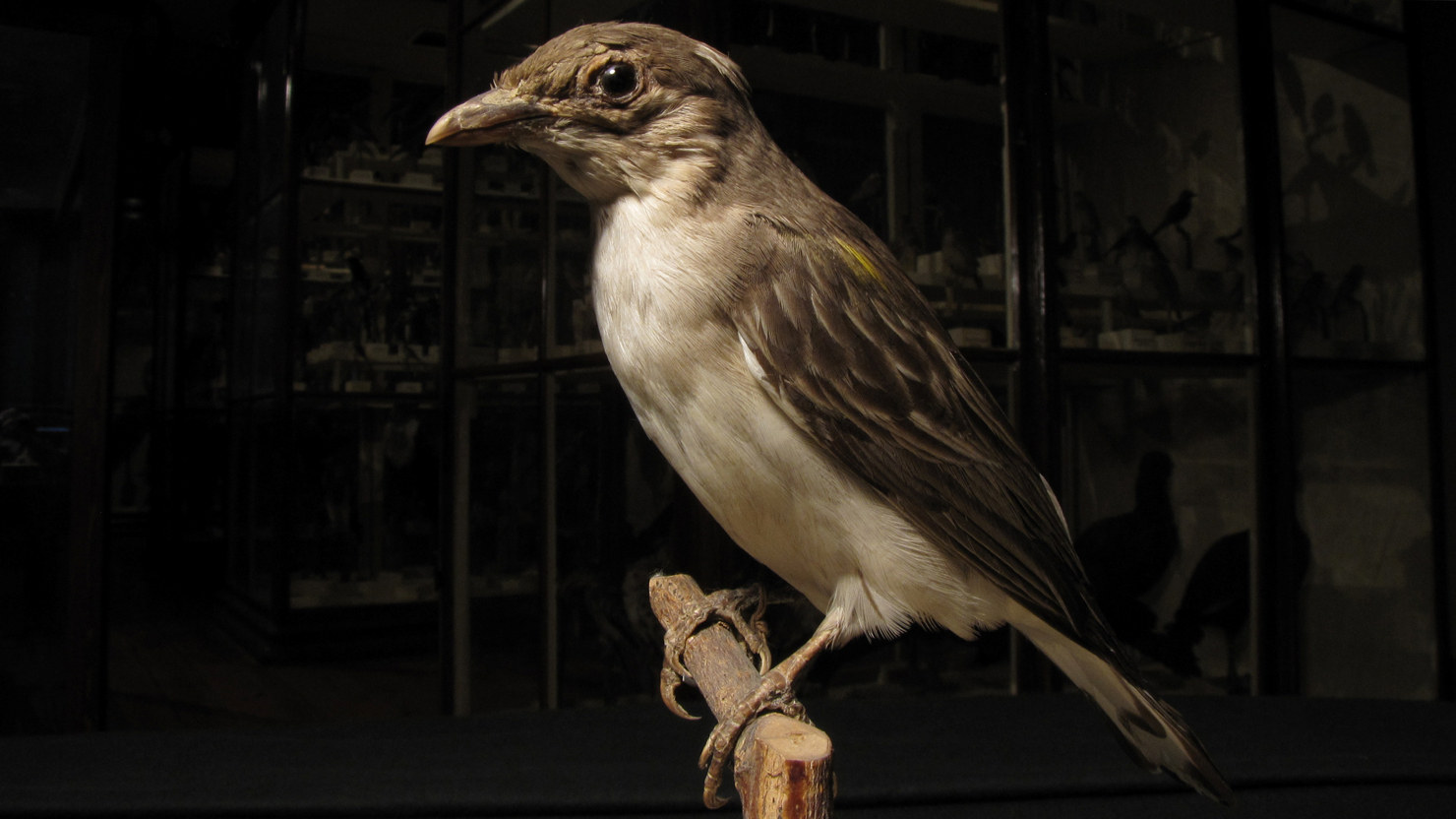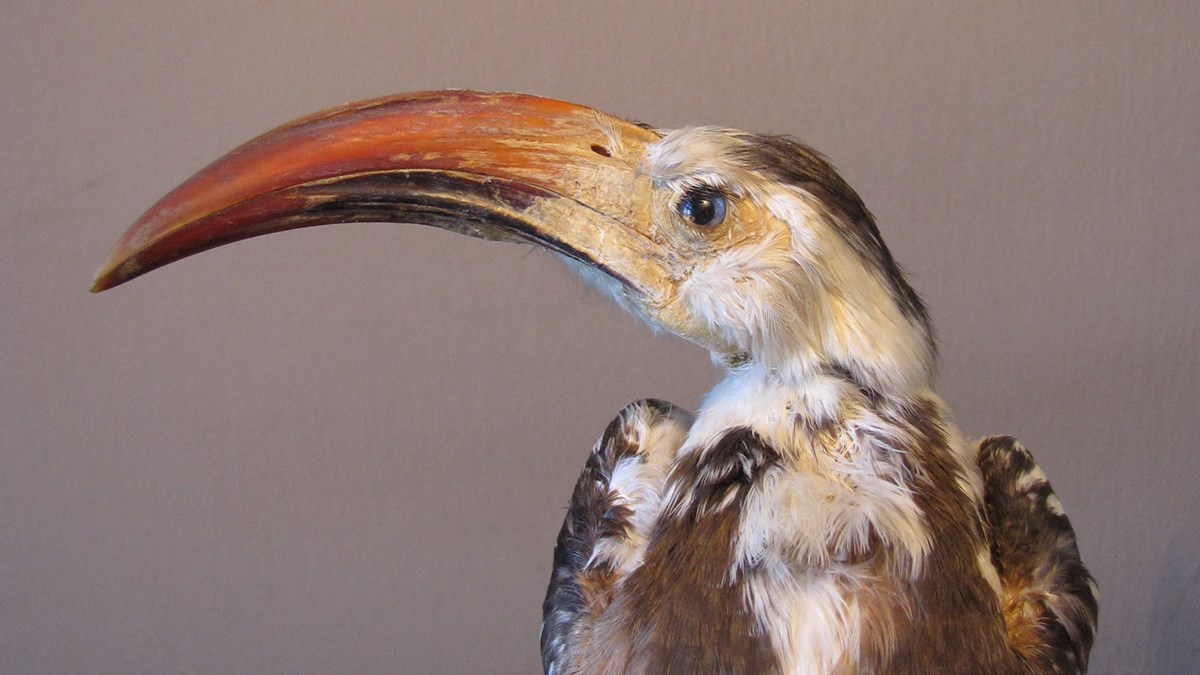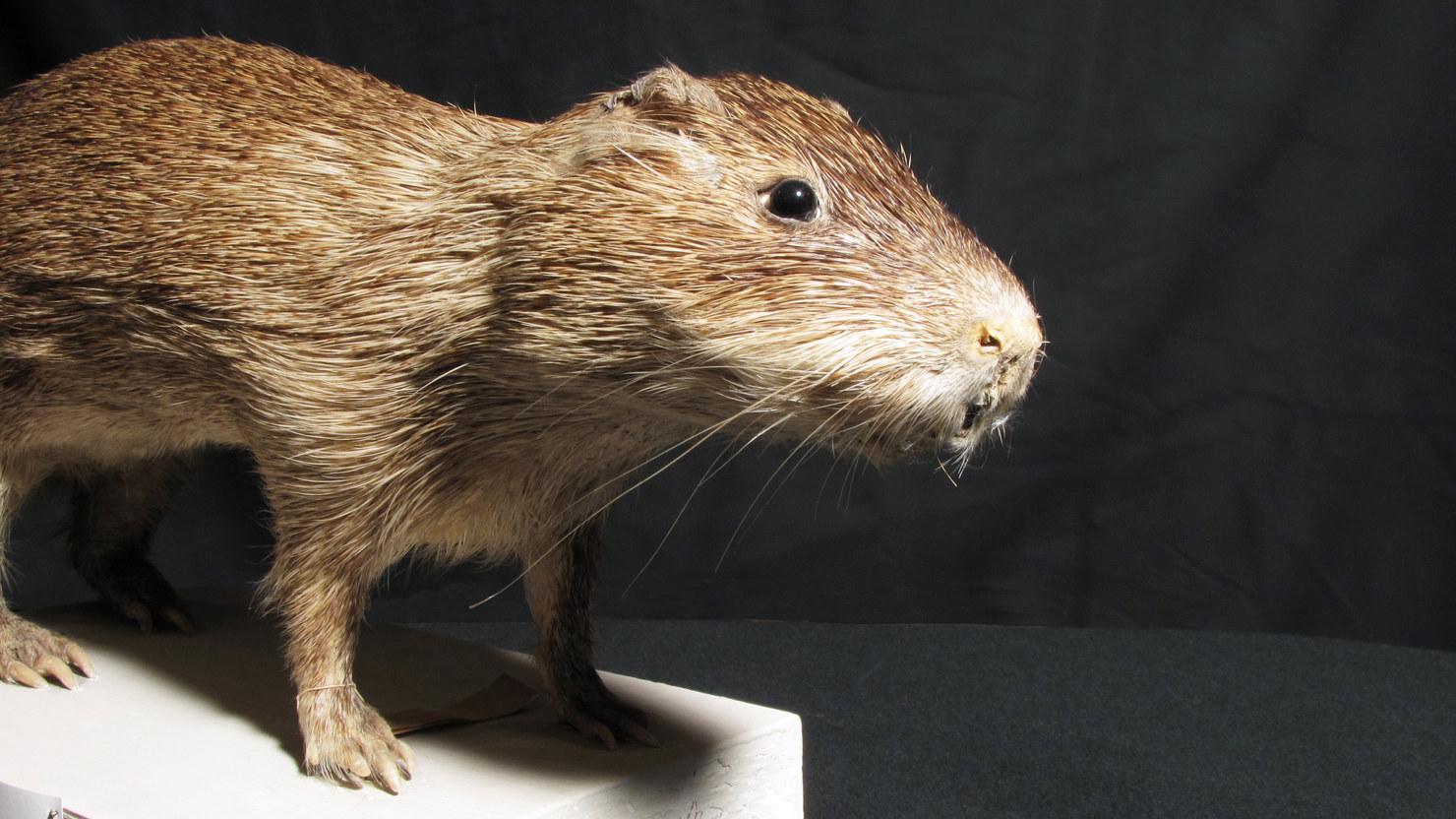The Voyage of Discovery
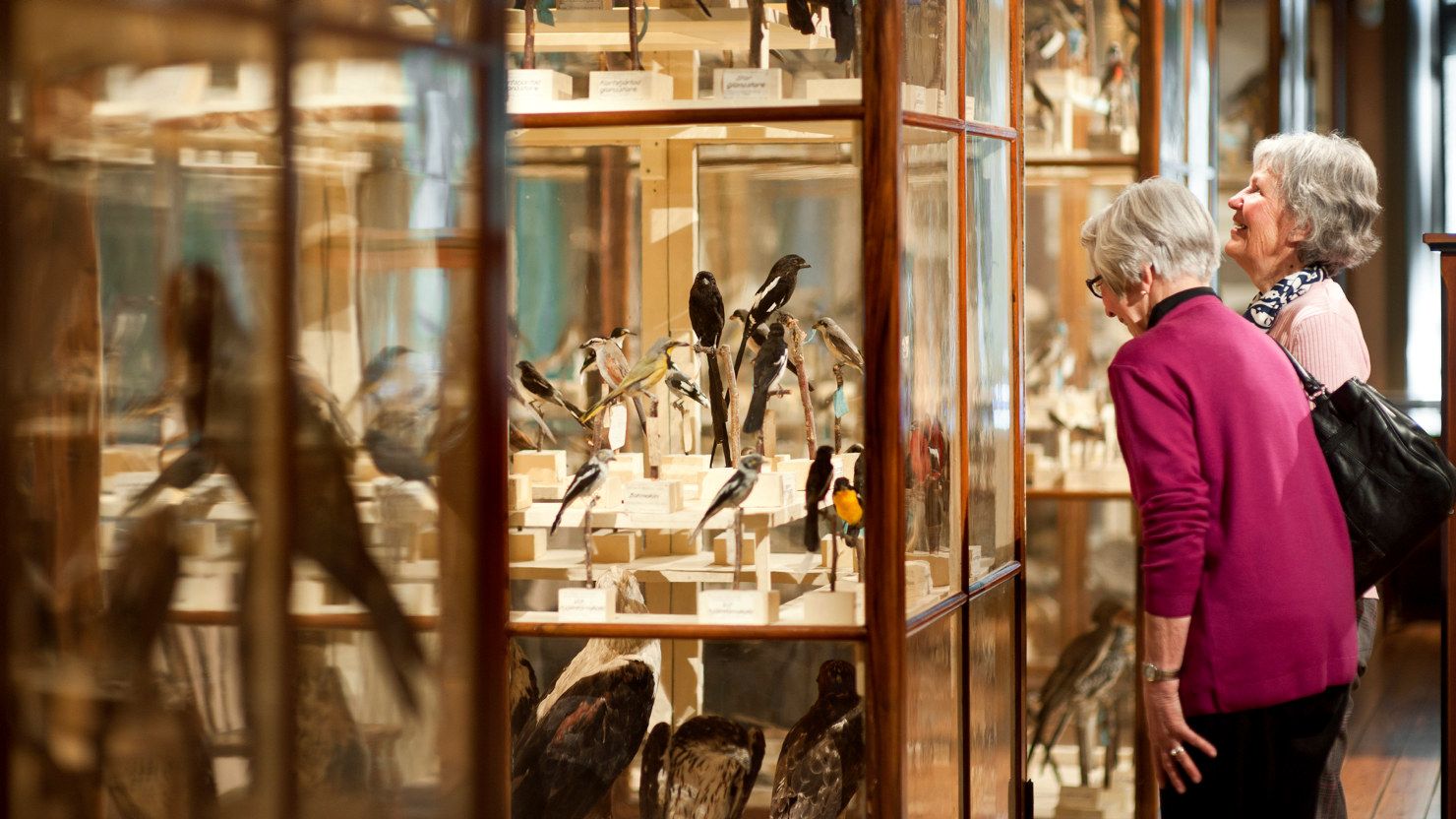
The thousand-strong army of birds from Damaraland, Namibia, has been here since 1888. The collection is not only a natural science sensation but is also a strange, dramatic story about voyages of discovery that started in the forests of Värmland, to continue inland in southern Africa. We can follow the British bear hunter and zoologist Llewelyn Lloyd through the Swedish winter forests, and the zoologists and traders Charles John Andersson and Axel Eriksson on their dramatic expeditions and trade journeys in Africa during the 19th century. In the exhibition you can also learn how to pack equipment for a real voyage of discovery.
Vänersborg´s zoologyical tradition started in the year of 1830 with the rather eccentric bear hunter, Llewellyn Lloyd, who moved from England to Sweden. He hunted and collected the fauna of the provinces surrounding Vänern. His interests were passed on to his son, Charles John Anderson, who became one of the most acclaimed explorer of Africa of his times. His dramatic and capturing depictions of his travels through Southern Africa attract readers to this day.
The tradition of zoology continued with a young butcher´s son, Axel Eriksson. He became Charles John Anderson´s assistant and together they travelled through Africa. After Charles John Anderson’s death, Axel Eriksson continued his research in Africa. For instance, he mapped the bird life in Damara and Omaruru in modern Namibia. He also managed to construct a trading station which became central to the trade of ivory, weapons, ostrich feathers and cattle.
The extensive bird collection, of great importance for the founding and the establishment of Vänersborg museum, was donated to the city of Vänersborg in 1883 by Axel Eriksson. It was mounted by the renowned taxudernust Gustav Kolthoff (1845-1913).

